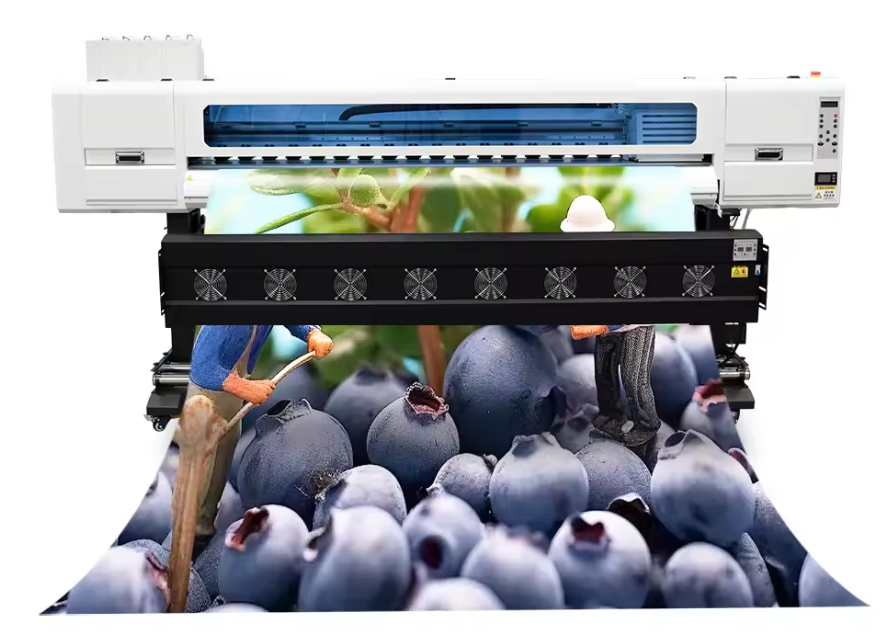Sublimation Printing Solution
Lancelot provides various printing solutions to all over the world!
Sublimation printing is a process where special sublimation inks are used to transfer designs onto a substrate, typically polyester-based materials. The ink is first printed onto sublimation paper and then transferred onto the fabric using a heat press. The heat and pressure cause the ink to sublimate, turning it into a gas that penetrates the fibers of the fabric, resulting in a permanent and vibrant print.
This method makes bright and clear pictures that can last a long time. People use it to make clothing, banners, and various promotional items. Sublimation is best performed on light or white backgrounds. This is to make sure the colors match precisely. The result is a durable, washable, high-quality print that stands out.

Advantages and disadvantages of sublimation printing
Advantages:
1.Sublimation printing produces sharp, detailed, and long-lasting prints that resist fading over time.
2.This method can seamlessly print on polyester fabrics and other synthetic materials, allowing for versatile customization options.
3.Sublimation inks create vivid and enduring colors that stay vibrant wash after wash.
4.Sublimation printing enables intricate and personalized designs, making it ideal for showcasing individual creativity.
Disdvantages:
1.Sublimation printing works best on polyester fabrics and may not be suitable for natural fibers like cotton.
2.Due to the specialized equipment and consumables required, sublimation printing may not be economical for small or one-off printing projects.
3.Operating a sublimation printer and heat press necessitates knowledge and training to ensure optimal results.
4.While offering a broad color range, sublimation printing may not match the color variety of certain traditional printing methods.
5.Sublimation printing is most effective on light-colored polyester fabrics, limiting its application on dark or non-polyester substrates.
Which is better, DTF printing or sublimation printing?
DTF works well with all types of fabrics and can be used for a variety of applications. Polyester is the best material for sublimation, providing vibrant, durable designs.
Each method has its advantages, depending on the material and end use. DTF is a perfect choice for textile projects. However, sublimation is the best method for
achieving high color fidelity on synthetic fabrics. Your choice depends on fabric preference and design requirements.
Color Vibrance:
Vibrant colors are essential to printing great-looking materials. DTF printing offers a choice of vibrant colors on a variety of fabrics. This helps the colors stand out, even on darker materials. Sublimation printing is exceptional because it produces bright, long-lasting colors on polyester. Both methods produce eye-catching, vibrant colors. However, sublimation offers unmatched brightness on the right substrate. You can choose based on the materials you have and the colors you want. Vibrance affects the appearance of your printed work.
Fabric suitability:
DTF printing works well with a wide variety of materials. The type of material does not limit it. Sublimation works best with polyester fabrics. The process uses ink to connect with the fabric fibers. This allows the design to last a long time, but limits the choice of fabric. It is important to know what kind of fabric you need for your project. DTF has the versatility and sublimation has the vividness of polyester. Each method will work for different fabric needs, depending on the fabric. You should consider the fabric of your project to ensure the best possible print results.
What Our Customers Say About Us?
Word of mouth better than advertising,See what some of our customers say about us!




